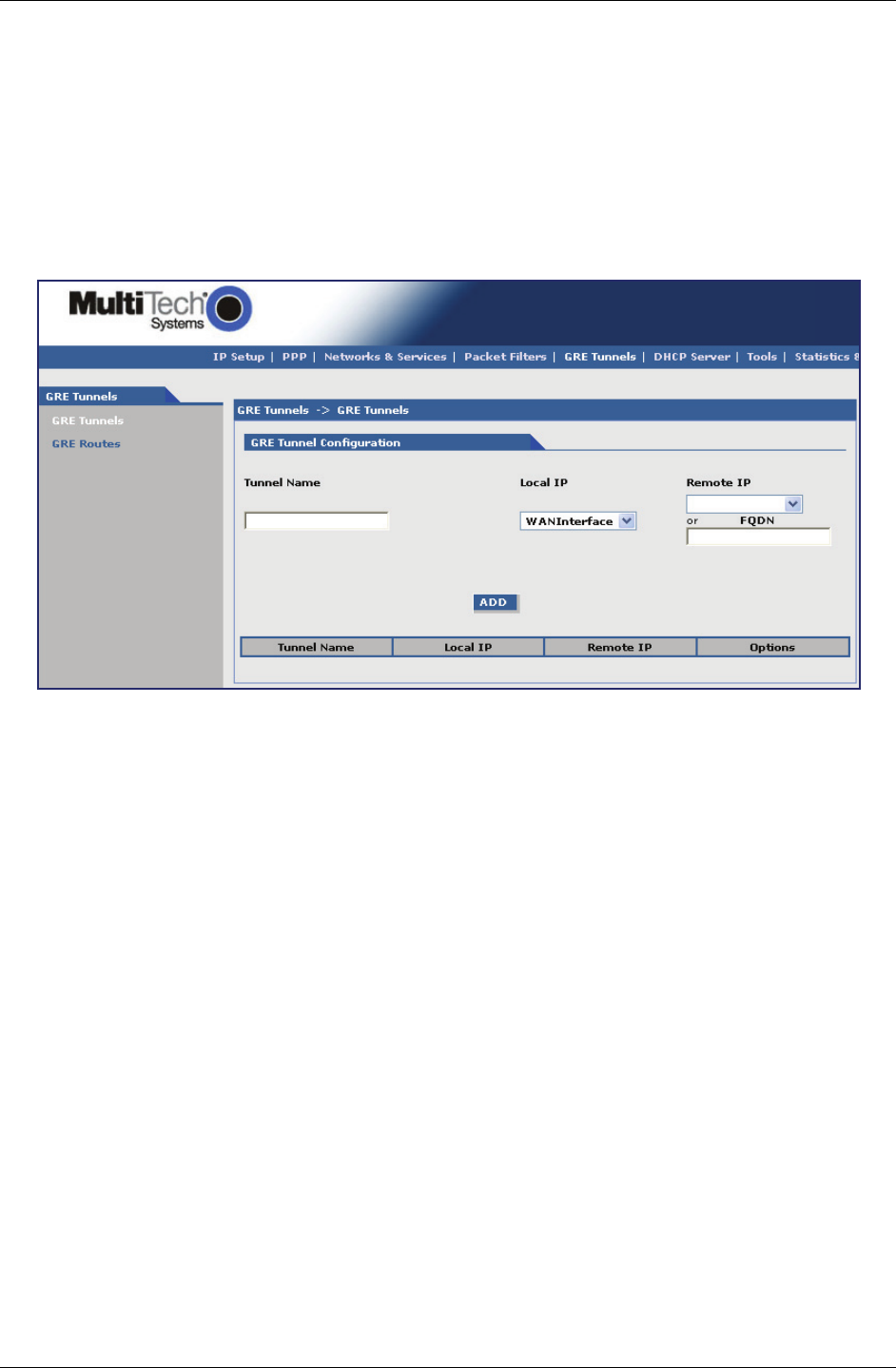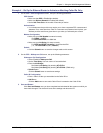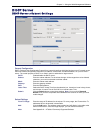
Chapter 3 – Using the Web Management Software
Multi-Tech Systems, Inc. MultiModem Wireless Modem with Ethernet Interface (S000375F) 41
GRE Tunnels
GRE tunneling and GRE routing together are referred to Generic Routing Encapsulation (GRE). GRE Routing is an
integral part of GRE tunneling. First, the GRE Tunnels are created using the GRE Tunnel Configuration. Then the
routes for the remote networks that are to be routed through a tunnel need to be specified in the GRE Routes
Configuration. Thus, all the traffic destined to remote networks associated to a tunnel will get routed through that
tunnel.
GRE Tunnels > GRE Tunnels
Tunneling allows the use of a public network to convey data on behalf of two remote private networks. It is also a way
to transform data frames to allow them to pass networks with incompatible address spaces or even incompatible
protocols. If you want to read more about how this works, see the online Help.
GRE Tunnel Configuration
Tunnel Name: Enter a name for the new tunnel.
Local IP: Select the local interface on which the tunnel is being created. Eventually, the packets
destined for this tunnel will be routed through it.
Note: When adding a tunnel, use only one of the following: Remote IP or FQDN.
Remote IP: Select the Remote IP address that marks the other end point of the tunnel (this is the one
to which the routed packets will be received).
OR
FQDN: Enter the FQDN (Fully Qualified Domain Name) for the Remote IP, which can be either
the IP Address of an FQDN.
Add Button: Click the Add button. The defined GRE tunnel configuration is added and will display at
the bottom of the screen.


















